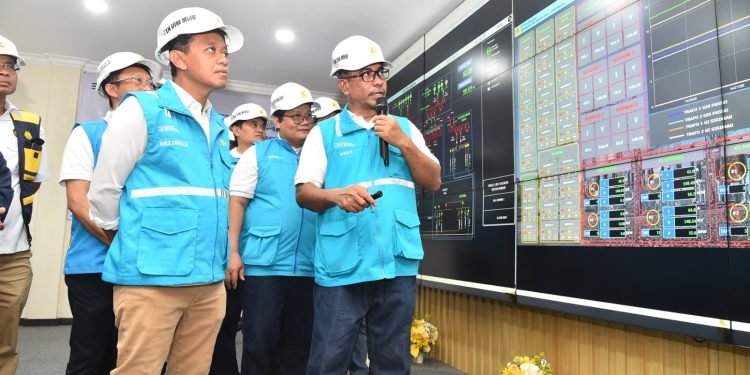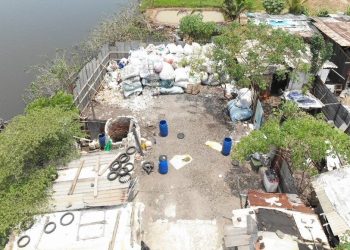Jakarta Indonesia Sentinel — Indonesia’s Minister of Energy and Mineral Resources (ESDM), Bahlil Lahadalia, has directed state-owned electricity company PT PLN to expedite the development of geothermal power plants in the Province of Maluku. This move was part of the government’s broader plan to expand access to clean and affordable energy across the country.
The plan was announced by the minister during a working visit to Ambon on Saturday (April 5). Bahlil emphasized the need to reduce reliance on fossil fuels and accelerate the transition toward renewable energy.
“As the state-appointed utility company, PLN has the mandate to ensure that electricity reaches all communities, including those in remote areas,” Bahlil said in an official statement released on Sunday (April 6).
Maluku Province has an estimated geothermal energy potential of 40 megawatts (MW). Bahlil confirmed that upcoming geothermal projects in the region have already been included in PLN’s draft Electricity Supply Business Plan (RUPTL) for 2025–2034.
“This inclusion in the RUPTL is strategic. We want to break our dependence on diesel and coal. Once old diesel generators are phased out, they must be replaced by renewable energy sources,” Bahlil added. “This reflects the government’s commitment to clean energy as part of our global responsibility.”
Major Geothermal Projects
The geothermal development plan in Maluku includes two main projects: the 20 MW Wapsalit Geothermal Power Plant on Buru Island and the Tulehu Geothermal Plant, with a capacity of 2×10 MW, on Ambon Island.
The Wapsalit plant is currently in the exploration stage, led by a private developer, and is projected to begin commercial operations in 2028. Meanwhile, the Tulehu project is still in the procurement phase under PLN’s supervision and is expected to become operational by 2031.
According to Indonesia’s Geological Agency, another geothermal prospect has been identified in Banda Baru, Seram Island, with a potential capacity of up to 25 MW. This site is expected to be introduced to investors through a market sounding event organized by the Directorate General of New, Renewable Energy and Energy Conservation (EBTKE) in April 2025.
Read Also:
Current Maluku’s Power Grid
Despite its geothermal potential, Maluku remains heavily reliant on fossil fuels for electricity. As of 2024, 99% of the province’s total installed power capacity or about 406 MW out of 409 MW comes from fossil fuel-based sources.
Diesel-powered generators contribute the lion’s share, supplying 249 MW or 61% of the province’s electricity. Gas and steam-based plants account for another 157 MW or 38%.
By contrast, the contribution of renewable energy is minimal. Solar power plants (PLTS) supply just 3 MW, while micro-hydro (PLTMH) systems contribute a mere 0.1 MW, together making up less than 1% of the province’s energy mix.
With the inclusion of geothermal power plants projects in PLN’s long-term planning, the Indonesian government aims to significantly increase the share of renewable energy in Maluku electricity supply and reduce its dependence on fossil fuels.
(Raidi/Agung)


























